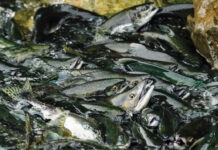For weather-weary locals on both coasts, the month of August is known by the disparaging epithet, “Fog-ust.” On the Great Lakes, the “witch of November” brings with her the ferocious late fall storms immortalized in songs and stories. But, setting dangerous weather aside, should you let a forecast for a few drops of rain put the kibosh on your kayak trip?
Foul weather, fine trip: Ignoring the weather forecast
People have long been preoccupied with weather watching, and none more so than mariners. All that staring at the sky has led to a wealth of colorful weather wisdom.
We have sayings for weather fine and foul.
“A ring around the sun or moon, rain or snow coming soon” describes the halo that can sometimes be seen when a high, uniform cloud layer hints at approaching precipitation.
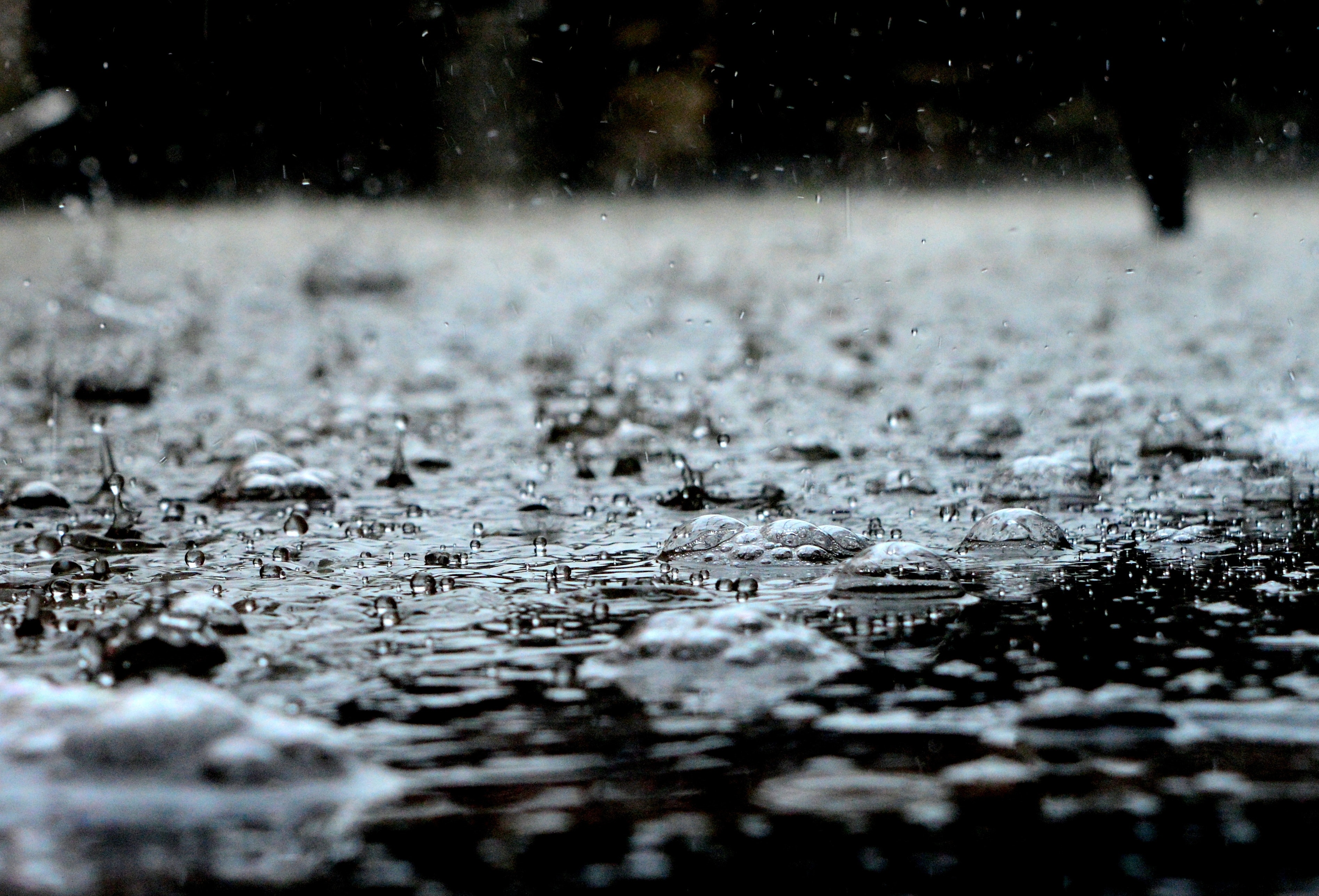
In a similar vein, “Rain long foretold, long last; short notice, soon past” speaks to the scale of weather in relation to its lead time. The first high clouds of a large low pressure system arrive more than 24 hours before the rain. Once the showers start, expect to keep your rain jacket handy for just as long. On the other hand, the anvil clouds of summer storms are fast forming and the deluge is over just as quickly.
Perhaps the best known weather rhyme is, “Red sky at night, sailors’ delight; red sky in the morning, sailors take warning.” Clouds in the northern mid-latitudes move from west to east, so a red sky at sunrise foretells inclement weather, while a red sky at night means the western horizon is clear, indicating fine weather is arriving.
There is an equally plentiful supply of traditional wisdom about the wind.
Mariners have long predicted improving or deteriorating weather based on wind direction: “Wind from the north, fair weather shall come forth; wind from the west is best; wind from the south brings rain in its mouth; wind from the east is a beast.”
And don’t forget this illustrative nugget: “Mares’ tails and fish scales make tall ships carry short sails.” Scant wisps of high cirrus clouds and the dappled texture of cirrocumulus—the earliest signs of wet and windy weather—arrive when the sun is still shining and the breeze light.
Weather can make an experience to remember
Notice none of this advice mentions not going outside. In the words of early twentieth-century sailor and theologian, John A. Shedd, “A ship in harbor is safe, but that is not what ships are built for.”
Leave the doom saying to the talking heads on The Weather Network. Only viewers dulled by looking down at phones and computer screens, rather than up at the sky, and lulled by the artificial comfort of climate-controlled office buildings and shopping centers, could accept such a preposterous suggestion.
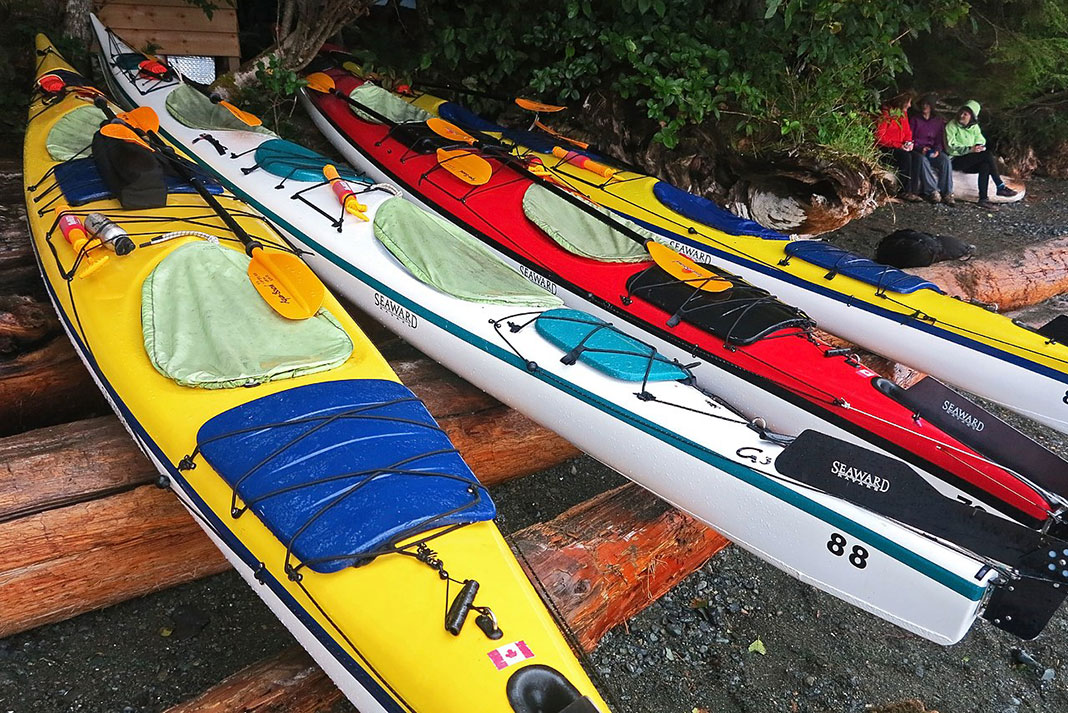
Here’s my own weather wisdom: turn off the TV, pack your dry bags and a good paddling jacket, and go anyway. Shorten your sails, take warning and be sensible, but don’t cancel your trip just because it’s wet or cloudy, cold or windy.
With good gear, you’ll hardly notice bad weather. And even if you do end up damp, chilled and tent-bound, don’t despair. Looking back, it’s the rounds of cards played under the tarp, the storms weathered in wind-tossed tents, and the sound of raindrops hammering still waters that I remember most vividly.
“Misery is transformed by memory,” a friend told me after we shared a particularly soggy and difficult trip. It’s true. An accurate 30-day forecast might have tempted me to stay home that August, but where’s the adventure in that?
A weather forecast with a few water droplets won’t hurt you—or your kayak. | Feature photo: Sourabh Yadav/Pixabay


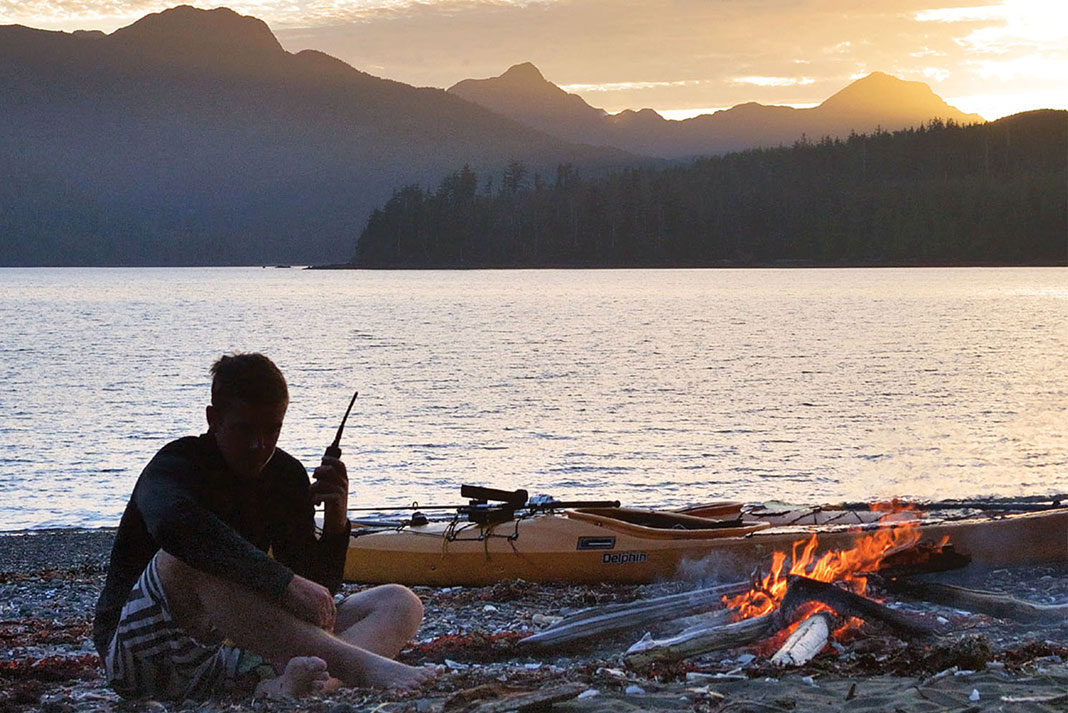

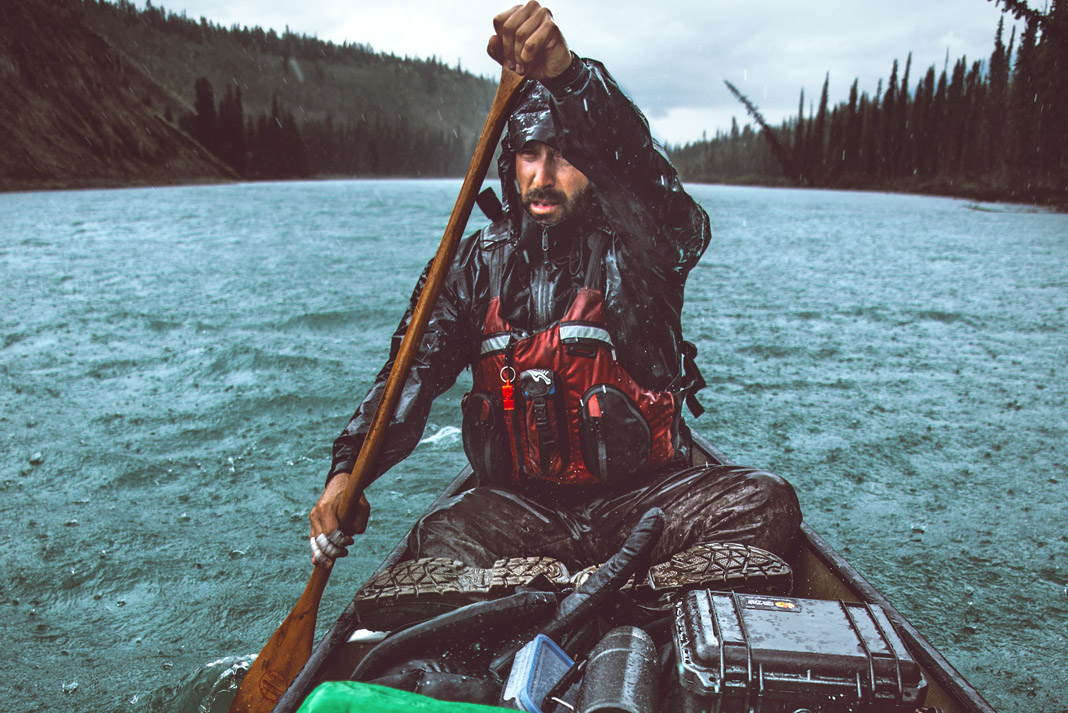
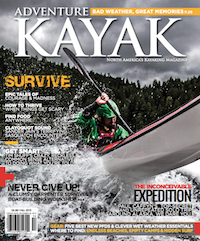 This article was first published in the Fall 2015 issue of Adventure Kayak Magazine.
This article was first published in the Fall 2015 issue of Adventure Kayak Magazine. 



